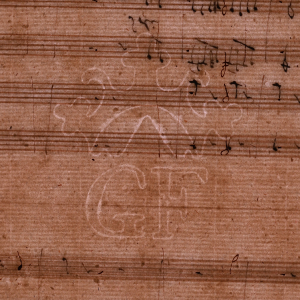- Function
-
- Composer
- Biography
Francisco António Norberto dos Santos Pinto (1815-1860) was a major Portuguese composer of the mid-nineteenth century, a virtuoso horn and cornet player, and teacher. He was a choirboy at the Bemposta royal chapel before becoming a musician in a royal cavalry regiment (1830), a member of the Royal Police Guard band (1832) and the first horn in the S. Carlos theatre orchestra (1835). During the liberal wars he directed and composed music for military bands on the constitutionalist side. According to Vieira (1900) he studied composition with the flautist Manuel Joaquim Botelho and made his debut as a composer of stage music on 17 October 1838 with the ballet Adoração do Sol at the S. Carlos theatre. He subsequently composed music for many dramatic comedies, ballets and other works prepared for this and for the D. Maria theatre, as well as a large quantity of sacred music. He was appointed a teacher of brass instruments at the Conservatório Nacional in 1849 and a director of various musical associations and corporations including the St Cecília Brotherhood, Montepio Filarmónico and Associação Música 24 de Junho (Pinto 2021, pp. 172, 174).
Vieira (1900, p. 178) states that Pinto marked his papers with a stamp featuring two hearts strung together and a caption (in English), ‘For ever’. His musical hand seems to have changed little over the course of his compositional career. Variants such as the different forms of semiquaver stem can be found in both relatively early and late manuscripts in the Fundo do Conde de Redondo in P-Ln.
Rui Magno Pinto, ‘Recensão: Belcanto e virtuosismo instrumental do Romantismo português: Francisco António Norberto dos Santos Pinto (CD Fundação GDA, Afinaudio, 2018); Francisco Norberto Santos Pinto, A camponesa na sesta, Variações para corneta de chaves, Solo concertante de duas trompas, Fantasia para fagote sobre motivos do Roberto Devereux, Rêverie para fagote e piano (Lisboa AVA Musical Editions)’, Revista Portuguesa de Musicologia, 8/1 (2021), pp. 171-186.
Maria José Borges, ‘Francisco António Norberto dos Santos Pinto (1815-1860)’, AVA Editions, [https://www.editions-ava.com/pt/francisco-ant%C3%B3nio-norberto-dos-santos-pinto-1815-1860]
Robert Stevenson, ‘Pinto, Francisco António Norberto dos Santos’, Oxford Music Online: Grove Music Online (2001), [https://doi.org/10.1093/gmo/9781561592630.article.21789].
Ernesto Vieira, Diccionario biographico de musicos portuguezes: historia e bibliographia da musica em Portugal, 2 vols. (Lisbon: Typographia Mattos Moreira & Pinheiro, 1900), ii, pp. 173-184.
- Handwriting identifiers
-
- C-Clef
-
- Type 1
- Type 2
- F-Clef
-
- Type 1
- G-Clef
-
- Type 1
- Watermark ID
- Paper type ID
- Images
-
-
























































